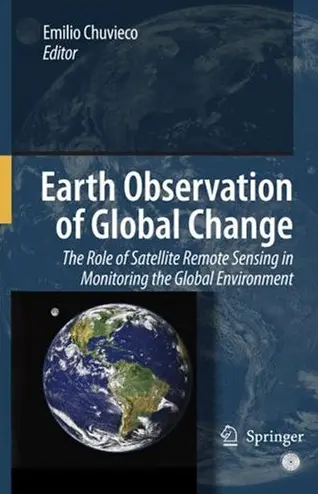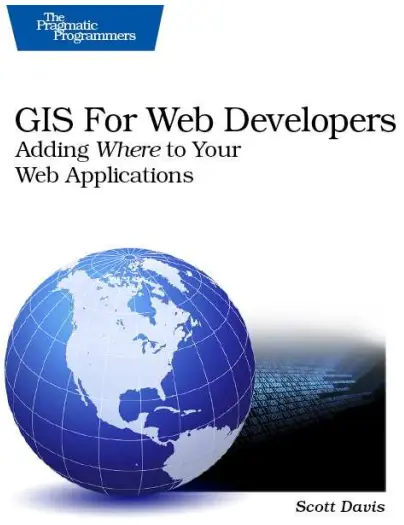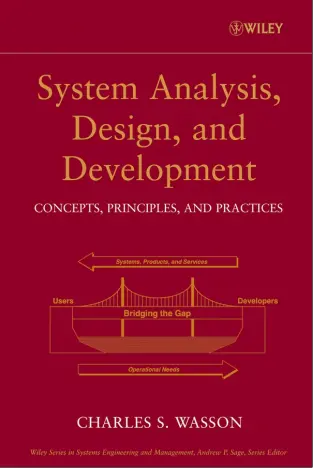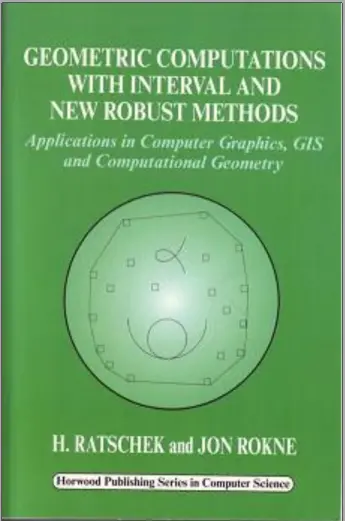Remote Sensing and GIS Technologies for Monitoring and Prediction of Disasters
🌍 Remote Sensing and GIS for Disaster Monitoring and Prediction
“Remote Sensing and GIS Technologies for Monitoring and Prediction of Disasters” is a vital resource for scientists, engineers, emergency planners, and GIS professionals working on natural and man-made disaster management. This book explores how satellite imagery, aerial sensors, and geospatial analysis are revolutionizing our ability to detect, monitor, predict, and respond to catastrophic events.
By combining high-resolution remote sensing data with advanced GIS techniques, this book demonstrates how to map flood-prone areas, monitor forest fires, assess earthquake damage, track hurricanes, and predict landslides. It also discusses integration with early warning systems, vulnerability analysis, and real-time spatial dashboards for decision-making.
Key Topics Covered:
- 🛰️ Satellite platforms and sensors for disaster detection
- 🗺️ Hazard and risk mapping using GIS layers
- 🌊 Flood forecasting, landslide susceptibility modeling
- 🔥 Forest fire monitoring and damage assessment
- 📡 Real-time data integration and emergency dashboards
- 🌪️ Case studies on cyclone and earthquake GIS response
Ideal For:
- 🧑🚒 Disaster management professionals and planners
- 🏛️ Government agencies and NGOs in risk mitigation
- 🎓 Environmental and geospatial science students
- 📡 Remote sensing analysts and GIS developers
This book bridges the gap between cutting-edge remote sensing technology and field-level disaster risk reduction. With its strong practical focus and global case studies, it equips readers to build geospatial solutions that save lives.
Keywords: Disaster Monitoring GIS, Remote Sensing Hazards, Flood Mapping, Landslide GIS, Cyclone Prediction Satellite, Forest Fire Detection, Emergency GIS Dashboard, Real-time Disaster Analysis, Risk Mapping GIS







comments
Leave a Reply
Your email address will not be published. Required fields are marked *